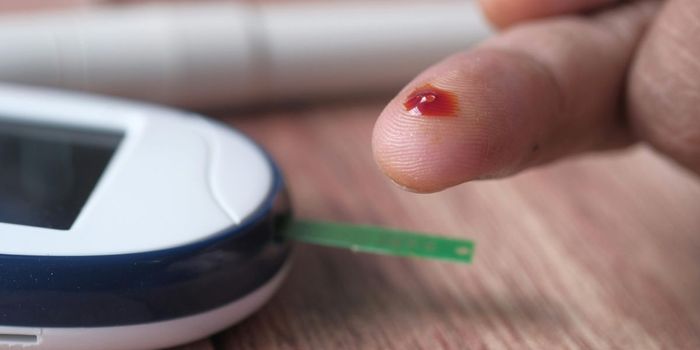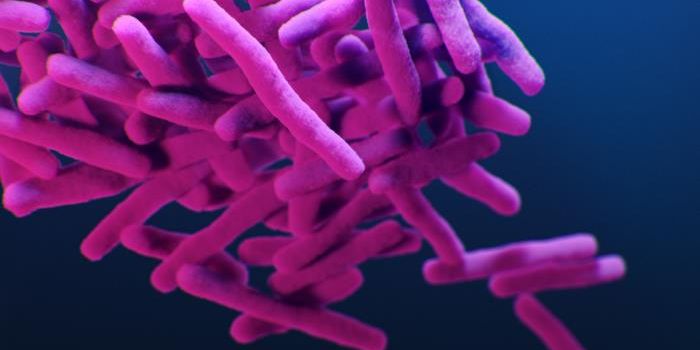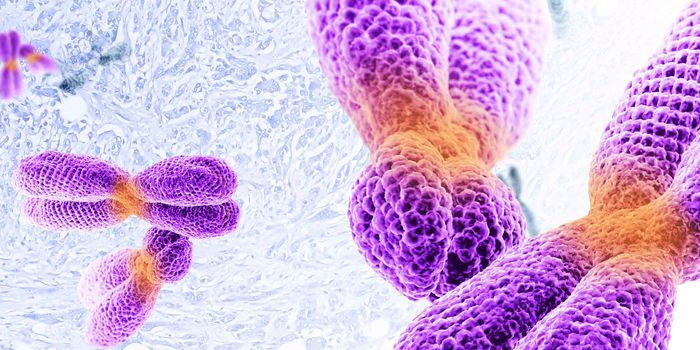From Canary in the Coal Mine to Nematode in the Office - Monitoring Indoor Air Quality
We spend a lot of time indoors, and indoor air quality can have a significant impact on our health. Indoor pollutants can be immediately irritating, or they can take years to show an effect. Many things can worsen indoor air quality, including cigarette smoke, cleaning or disinfectant products like bleach, insulation that contains asbestos and is deteriorating, radon, or pollution, for some examples. The COVID-19 pandemic has also served as a reminder of the importance of good ventilation systems, because there are also biological contaminants in our air. People with allergies can experience harmful effects from things that are common parts of the indoor environment as well.
One might think that we'd have good ways to monitor air quality, considering how important it can be to our health, particularly for those with preexisting conditions. However, there is no standardized approach for monitoring the health risks that can be posed by indoor air hazards, and new methods are needed.
There was a time when canaries served as a kind of air quality biomonitor for miners whose lives could be threatened by carbon monoxide, a colorless and odorless gas. The birds were phased out in favor of automatic detectors in 1986. Now, researchers have created a roundworm, or nematode that can be used for a similar purpose. Transgenic strains of Caenorhabditis elegans were genetically engineered so they will generate green fluorescent protein (GFP) when they are exposed to chemical or biological contaminants. The level of fluorescence generated by these roundworms sentries can easily quantified with spectrometry. The work has been reported in Pathogens.
"Such nematodes had previously been used to monitor the biological effects of heavy metals and other environmental agents, so we thought they might also be suitable for monitoring indoor air quality," said study leader and University Lecturer Päivi Koskinen of the University of Turku.
The researchers tested their method and demonstrated that a variety of impurities that potentially foul indoor air could be detected, like detergents found in cleaning products or volatile compounds produced by phtalates, which can break down in humidity. "When we exposed nematodes to fungal samples collected from moisture-damaged buildings, we indeed observed significantly increased amounts of fluorescence," said Koskinen.
Although these worms don't say which types of toxins might be present, they are able to provide us with "an unbiased opinion on health risks associated with indoor air and on the need for more thorough technical investigations," Koskinen concluded.
Sources: University of Turku, Pathogens









